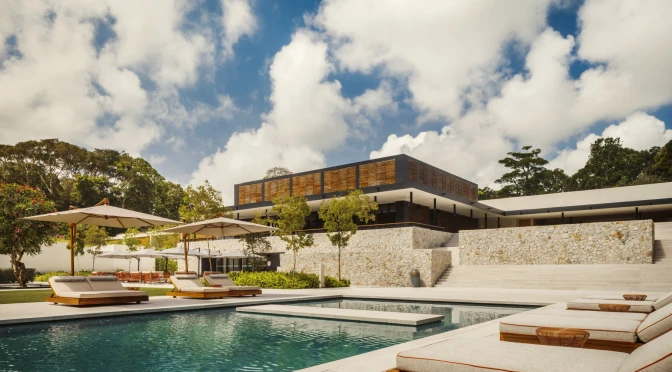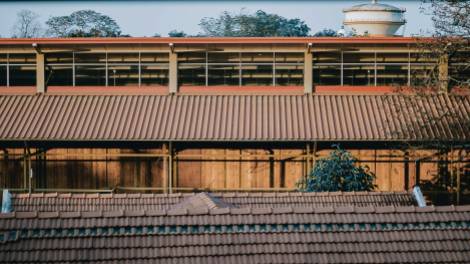The Takshila Lecture on Architecture and Society is delivered by an eminent professional / academician that addresses the growing disparity between the practice and pedagogy of Architecture in India, and the realities of our social, cultural and economic contexts. The lecture and the following dialogue aim to challenge the status-quo with a conviction that an open and honest conversation on the state of practice will instigate positive change.
The 2023 Takshila Lecture on Architecture and Society was delivered by Rabindra Vasavada at the Bangalore International Centre on October 02nd, 2023.
Abstract:
Architect and Society:
• Architect as a part of a community, culture and context, consciousness for culture and traditions.
• Training to be an architect. Humanities, technology, arts, and sciences, practical training.
• Profession of an architect, aspects of profession (ethics, codes, conditions of engagement etc) dealing with clients, contractors, consultant, legalities, and be a team leader.
Society and Architect
• Society and its context and its communities’ traditional and contextual understanding.
• Society’s understanding and appreciation of built environment as a reflection of culture and its rootedness in ecology and context.
• Society’s attitude to living and evolving respecting the traditional values which remain constant in the scenario of the progress and technological advancement.
Professional Relationships
Traditional relationship: Always based on expertise required for building tasks. Master Builder, a traditionally trained expert in all arts and its skills, who along with his team, designs and coordinates for the patrons, the entire task of executing a building. He commands full knowledge about lifestyles, and all other physical sciences related to build-environment.
Contemporary relationship: Architect by training and education. No more a vocationally trained master builder. More or less similar role but various aspects of buildings are segregated and detailed by various specialist and coordinated by architects to execute the project. Architect working as a member of team.
Important Questions
Where lays the beginnings?
Shelter (self-help) to Domestic buildings (master builders-architect) to settlement architecture (architects, environmentalists) to cities (power, planning)? All combined.
Family (individual, identity) to communities (collective agreements and characteristics) to society (Power, culture and traditions) to civilisations (multi-cultural)? Nationhood.
What are the evolutionary factors?
Ecological contexts, climate, natural resources, industrial productions.
Population and economic factors of occupations, resource generation.
Cultural traditions and Power in social organisation, administration and controls.
Advancement in resource availability, technology and sciences to meet growing needs.
Sense of optimisation and structure of administration and governance for liveability.









